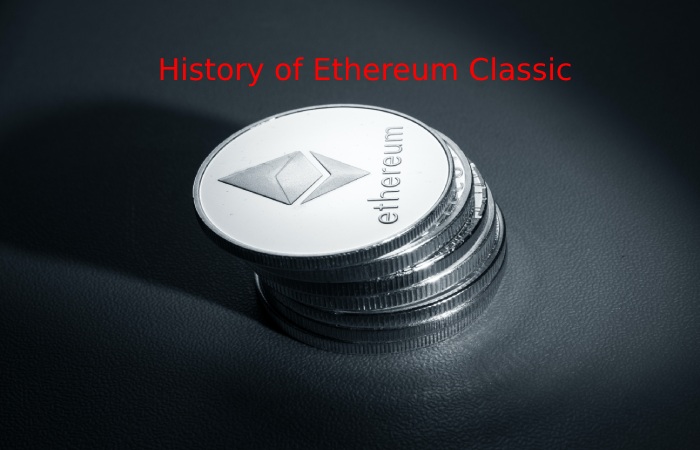Table of Contents
What is Ethereum Classic?
Ethereum Classic is an open foundation, blockchain-based distributed computing stage featuring smart contract functionality. It supports a modified version of the Nakamoto consensus via transaction-based state transitions executed on a public Ethereum Virtual Machine.
A Little History of Ethereum Classic

To understand the birth and raison d’être of the Ethereum Classic, we must remember the events of May and June 2016 in the Ethereum blockchain and community. At that time, the events that led to the existence of the occurred.
It all started with the existence of The DAO project, implemented as a smart contract on the Ethereum blockchain. It came to have 11.5 million ether, valued at 150 million dollars. Thanks to this, The DAO was listed as the largest crowdfunding event.
The Principles of Ethereum Classic
Shortly after the birth of Ethereum Classic, its community was organized to lay the foundations of its operation and principles. Being a wholly decentralized and community-driven project, Ethereum Classic had significant organizational challenges. However, his community could specify everything related to its process and community rules in a short time.
Immutability above all things
The Ethereum Classic community believes that the primary value proposition of any blockchain is immutability. It means that valid transactions can never be deleted or forgotten. This reality and the phrase govern the individuals who interact in Ethereum Classic: “The Code is the Law.”
The code with which operators voluntarily interact will govern those interactions. Nothing and no one inside Ethereum Classic can do anything to variation it.
The Crypto-Decentralist Manifesto
On July 10, 2016, the community released their Crypto-Decentralist Manifesto. In it, they made clear their vision of the blockchain world and how the actions of the founders of Ethereum attacked everything they believed in.
At this point, the manifesto exposed four critical issues that the community considered essential. Therefore first, mainly to keep the original spirit that led to the design of blockchain technology.
The points explained in the document were:
- Opening as a necessity.
- Neutrality is a necessity.
- A universally accepted version of history, an unchanging sequence of events.
- The complete decentralization.
Under these four points, the community began to mobilize and also converge to start and continue with the project. Later these four points would be taken up and clarified by the Declaration of Independence.
Technical Characteristics of Ethereum Classic
Ethereum Classic has a lot of hereditary technology and passed over from Ethereum. As a result, both projects are very similar and, to some extent, have a code base compatible with each other.
For example, its consensus protocol remains Proof of Work using the Ethash algorithm. It also has, like Ethereum, the skill to use EVM (Ethereum Virtual Engine). Assist can deploy smart contracts and DApps, and In addition to this, it can issue tokens compatible with the ERC-20 standard of Ethereum. A utility that allows you to make a problematic economic organization to support ETC’s DApps.
Advantages and Disadvantages of Ethereum Classic
Advantages
- It has a lot of technology inherited from the Ethereum project. It enables you to have a robust infrastructure for smart contracts and also DApps that have been extensively tested.
- This is an entire community project. It does not respond to business or reserved interests, guaranteeing its decentralization and autonomy.
- They are faithful followers of the premises of immutability, non-censorship, and also, respect for user privacy.
- They have a well-defined growth path that can drive the adoption of their blockchain. Although it is a young project and has had a bumpy start, Ethereum Classic stands out for its solutions.
Disadvantages
- They lack human resources, which has affected the level of development of the blockchain on several occasions.
- The migration of network mining power in favour of Ethereum has compromised the security of it. Many analysts comment that Ethereum Classic will be even more vulnerable to 51% attacks like the ones they have already experienced if this trend continues.
Ideals of Classic Ethereum
The Ethereum community comprises many diverse individuals, companies, and also, groups. As a result, Ethereum shares many common interests with the broader cryptocurrency and blockchain communities.
The Ethereum community has specific strong values:
- Believe in free markets and human incentives; we reject censorship on both sides of the aisle
- The goal is to build a movement based on the principles of privacy, decentralization, open source collaboration, and also equal rights for all participants.
- It adheres to the immutable nature of transactions. Therefore, we believe that “the code is the law”; contracts cannot be interrupted unless their authors change once deployed.
Conclusion
Ethereum Classic is the project that followed the original path of the Ethereum blockchain after one of the most debated hard forks on the network.
